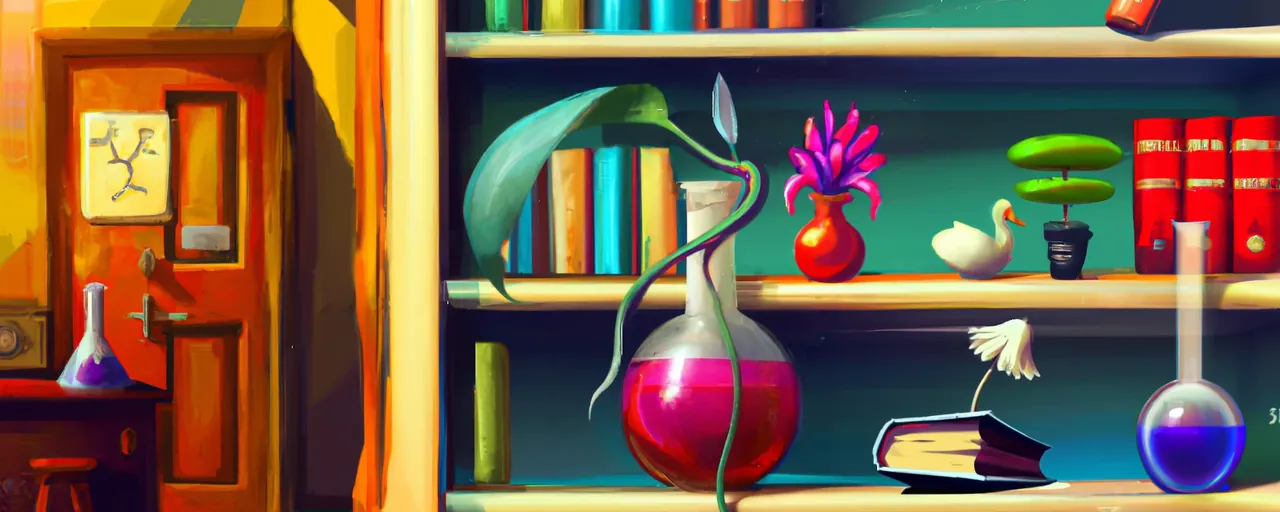Polyethylene glycol monododecyl ether, also known as brij-35, is a chemical compound that has multiple uses in cosmetics and medicine. In cosmetics, it works as a surfactant to cleanse and emulsify substances. It is an alcohol ethoxylate made from lauryl alcohol. It acts as a detergent to remove dirt and impurities from the skin or hair. In medicine, it can be used as a local anesthetic or sclerosing agent to treat varicose veins and esophageal or gastric varices.
What is the purpose of brij-35 in personal care products?
It is used for its surfactant cleansing and surfactant emulsifying
characteristics.
brij-35 helps clean body surfaces and helps mix liquids that don't usually mix.
Names and identifiers that we found for this substance include: "Alcohols, C12-14, ethoxylated", Polyethylene glycol monododecyl ether, and "Alcohols, C12-14(even numbered), ethoxylated".
brij-35 has surfactant cleansing characteristics.
Surfactant cleansing ingredients are commonly found in various cosmetics, particularly those designed for cleansing, such as shampoo, body wash, and facial cleansers. These ingredients serve several purposes, including wetting body surfaces, emulsifying or dissolving oils, and suspending dirt and grime, making them easier to remove. Surfactants generally contribute to the foaming and lathering properties of cleansing products, making them more effective in removing impurities from the skin or hair.
brij-35 has surfactant emulsifying characteristics.
Surfactant emulsifying ingredients helps mix two liquids that do not usually mix well by reducing the surface tension of the ingredients. The emulsification process involves suspending or dispersing one liquid in a second liquid, such as oil in water or vice versa. However, these two liquids have different properties that cause them to repel each other and not mix. This is where surfactants come in, as they can reduce the liquids' surface tension and allow them to mix.
Surfactants have two ends: a hydrophilic (water-loving) head and a hydrophobic (water-repelling) tail. When added to two liquids that do not mix well, the hydrophilic head attaches to the water-based liquid, while the hydrophobic tail attaches to the oil-based liquid. This creates a stable mixture of the two liquids and allows for a smooth and even distribution of ingredients in the cosmetic product.
Remember, always read and follow the instructions provided on product labels carefully. If you have any questions or concerns about using a product containing various ingredients, consult with your doctor or healthcare provider before use.
